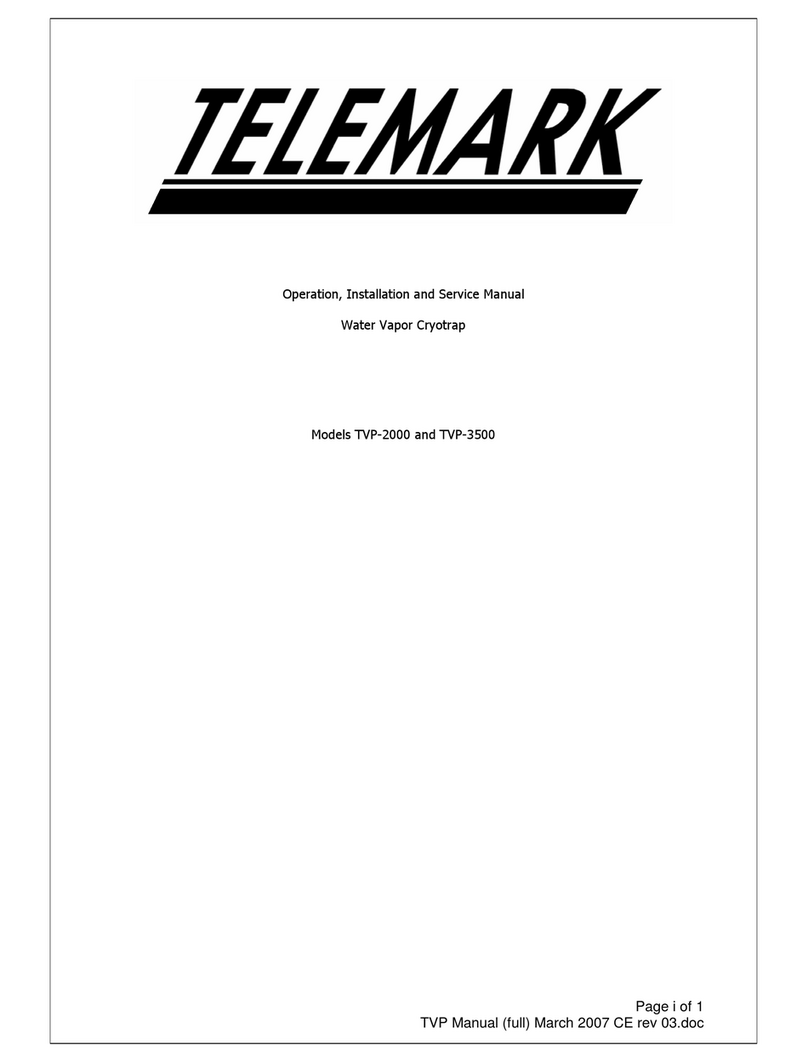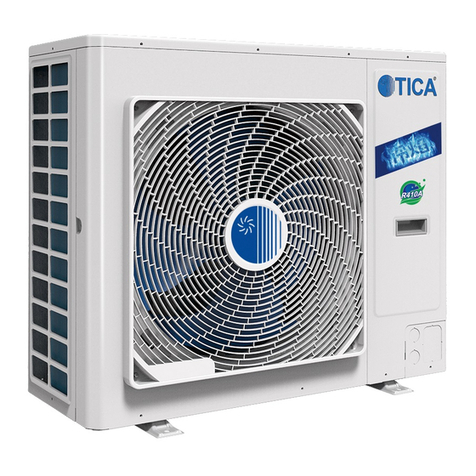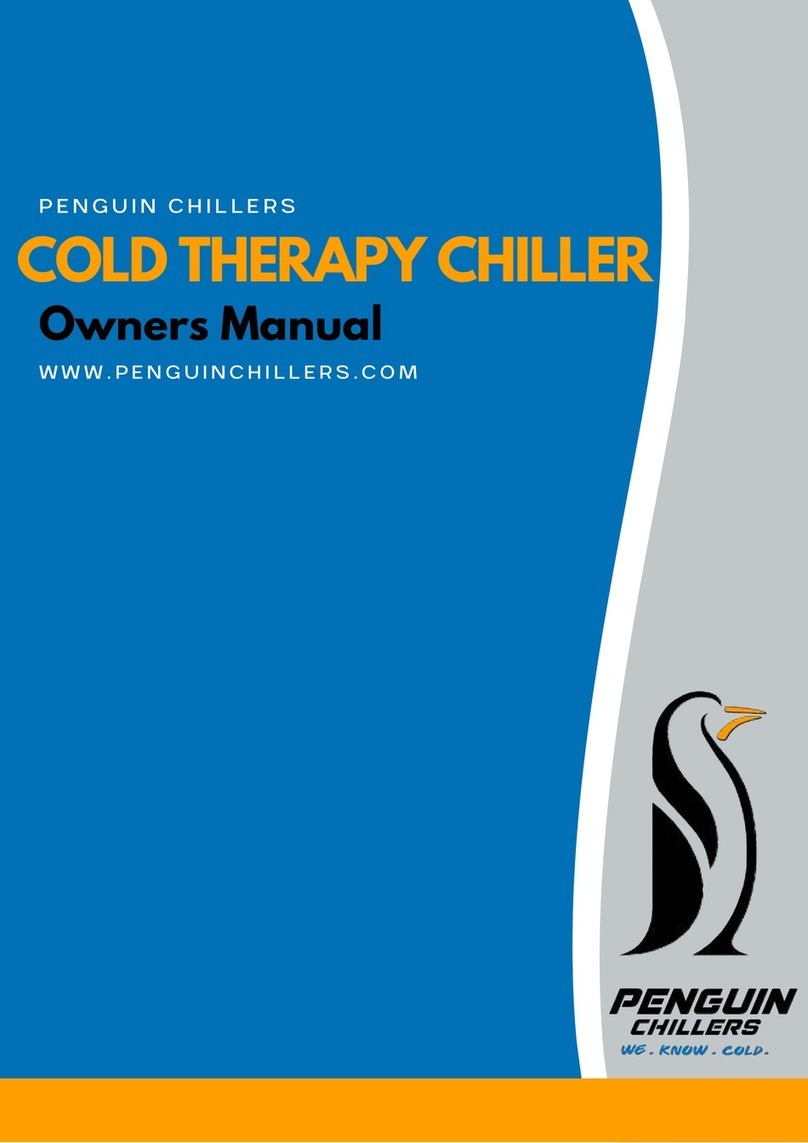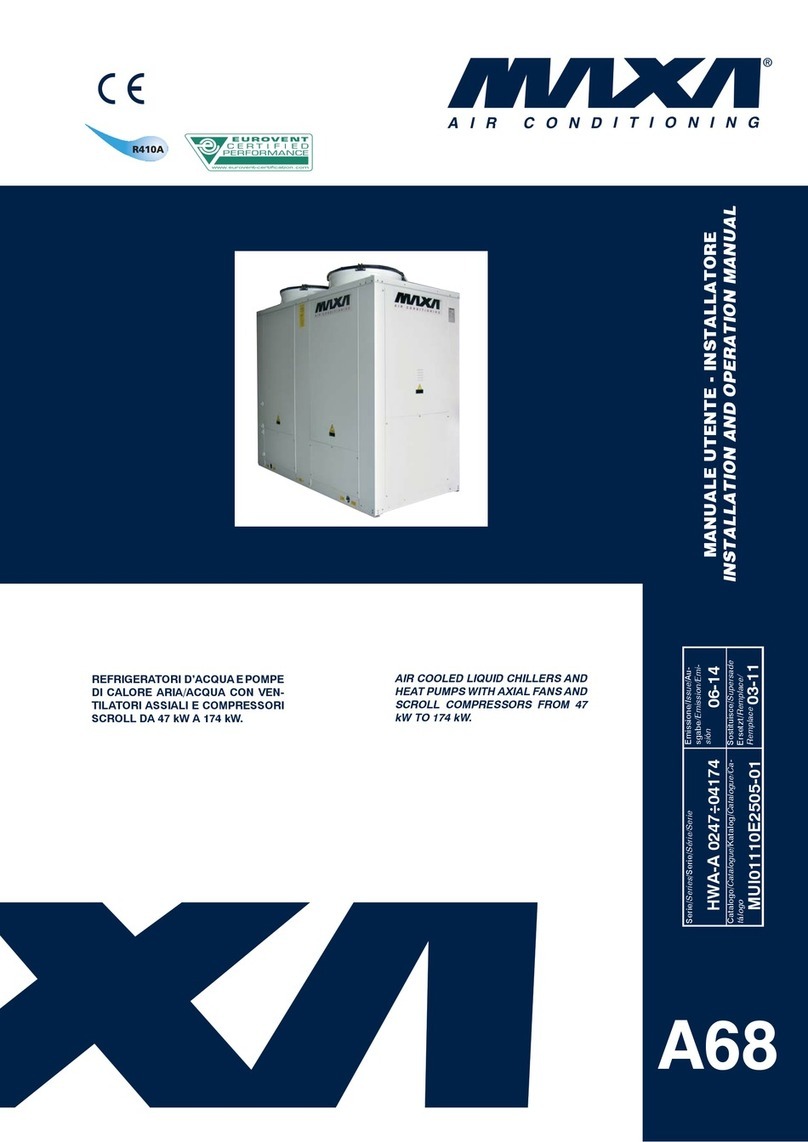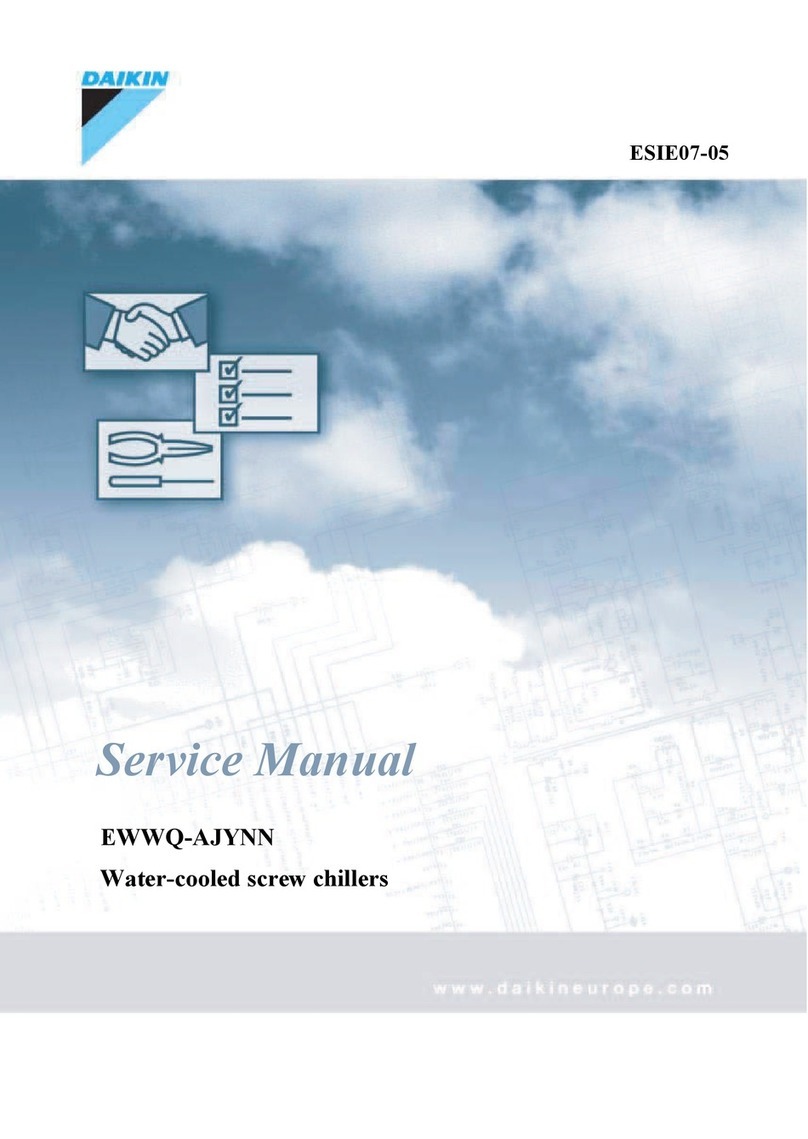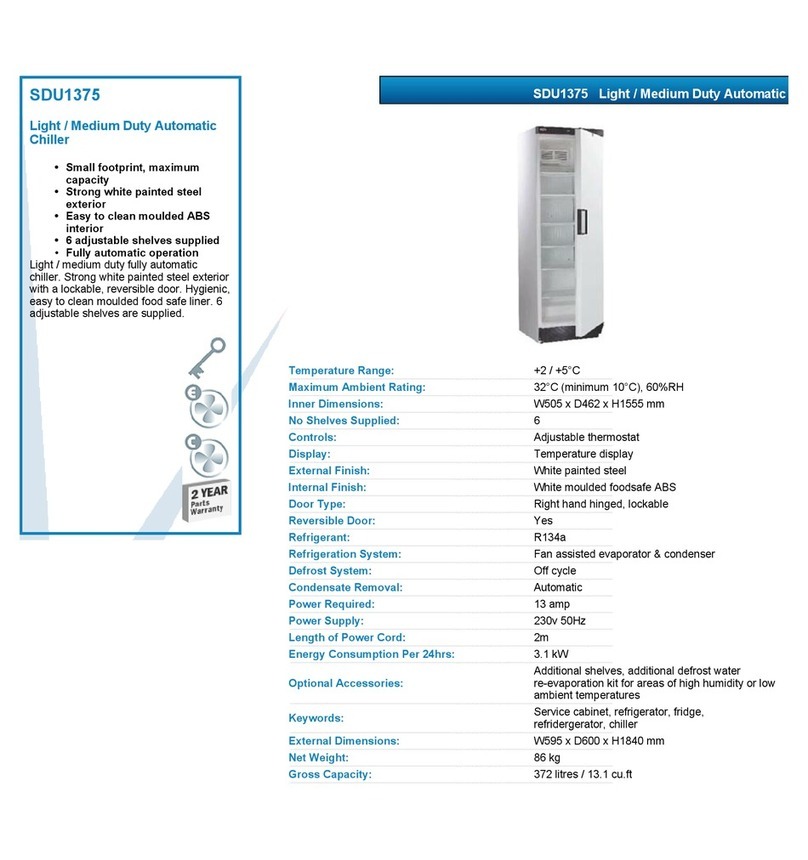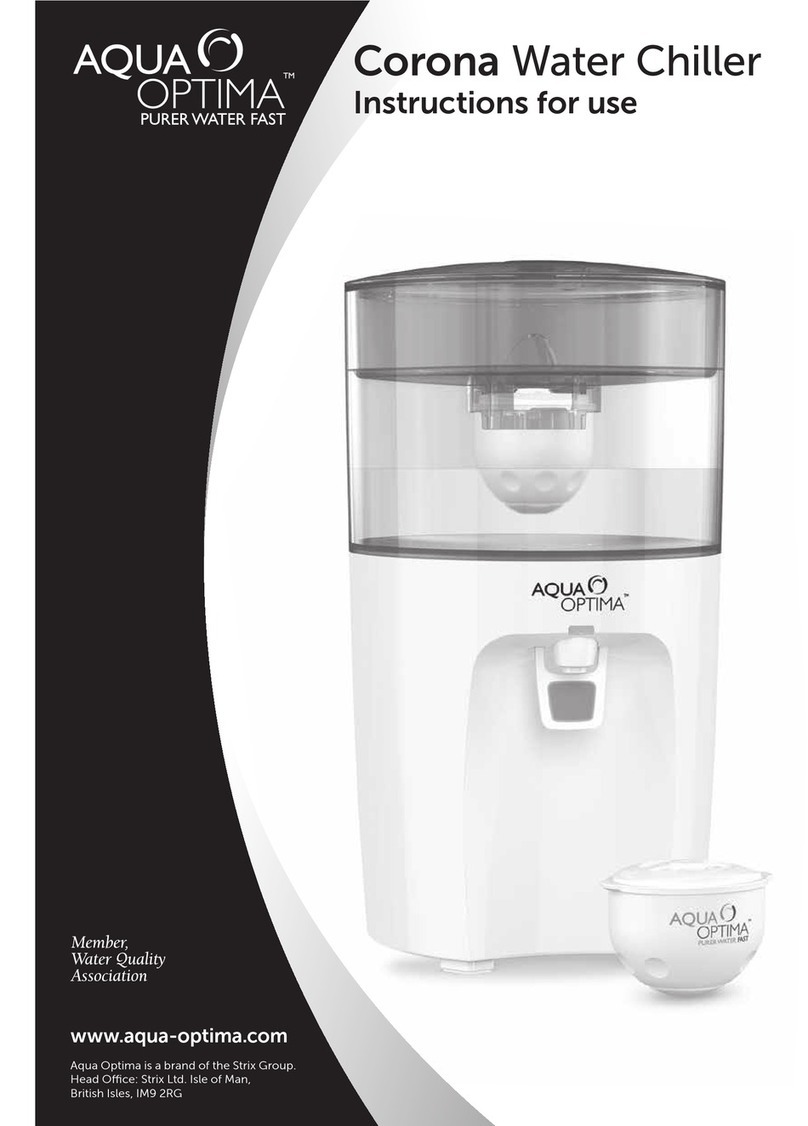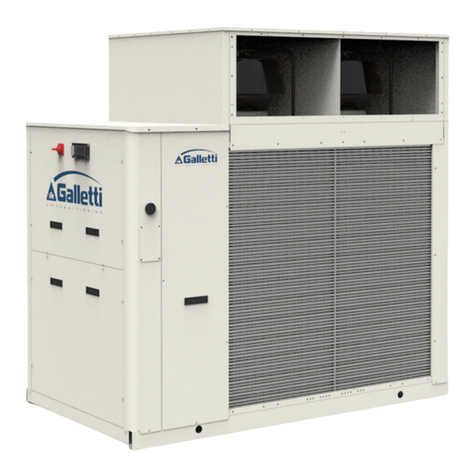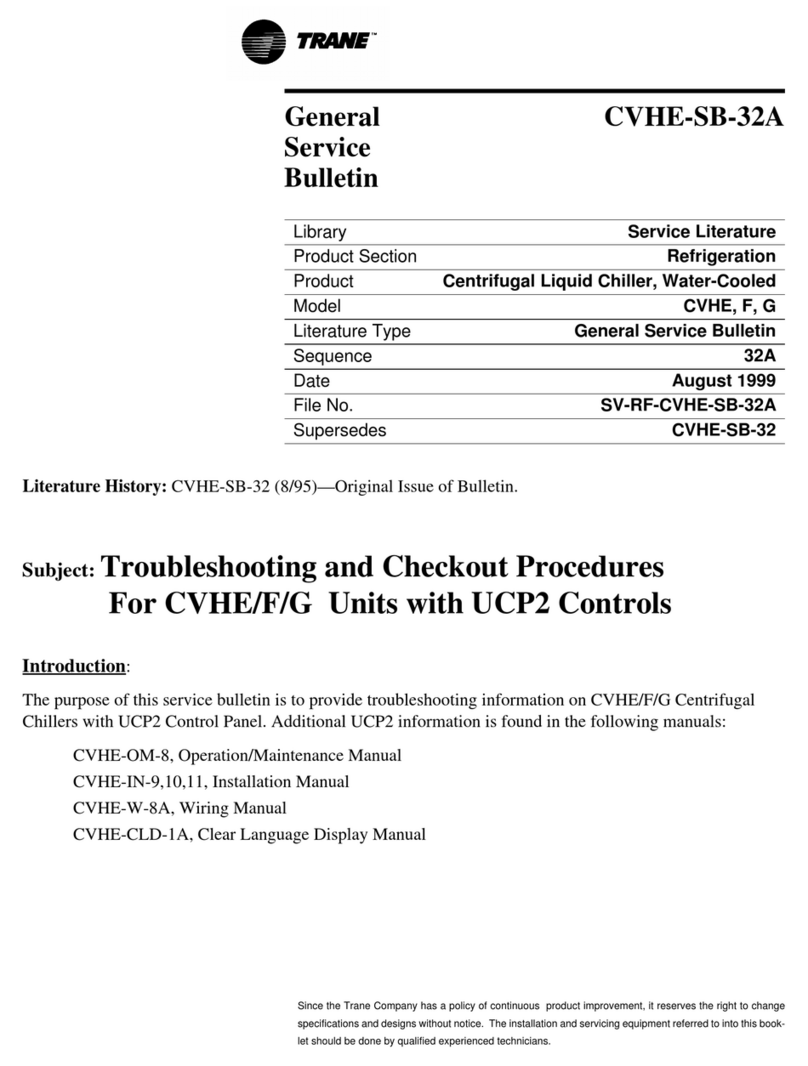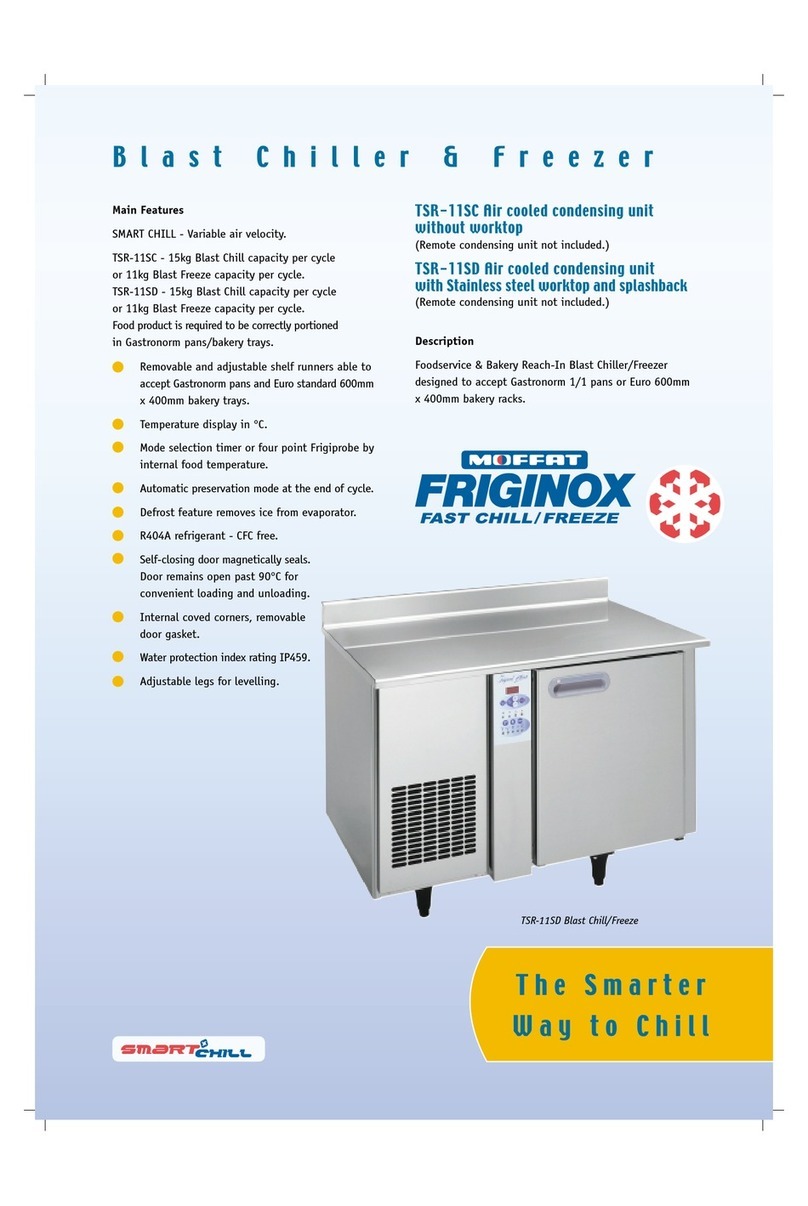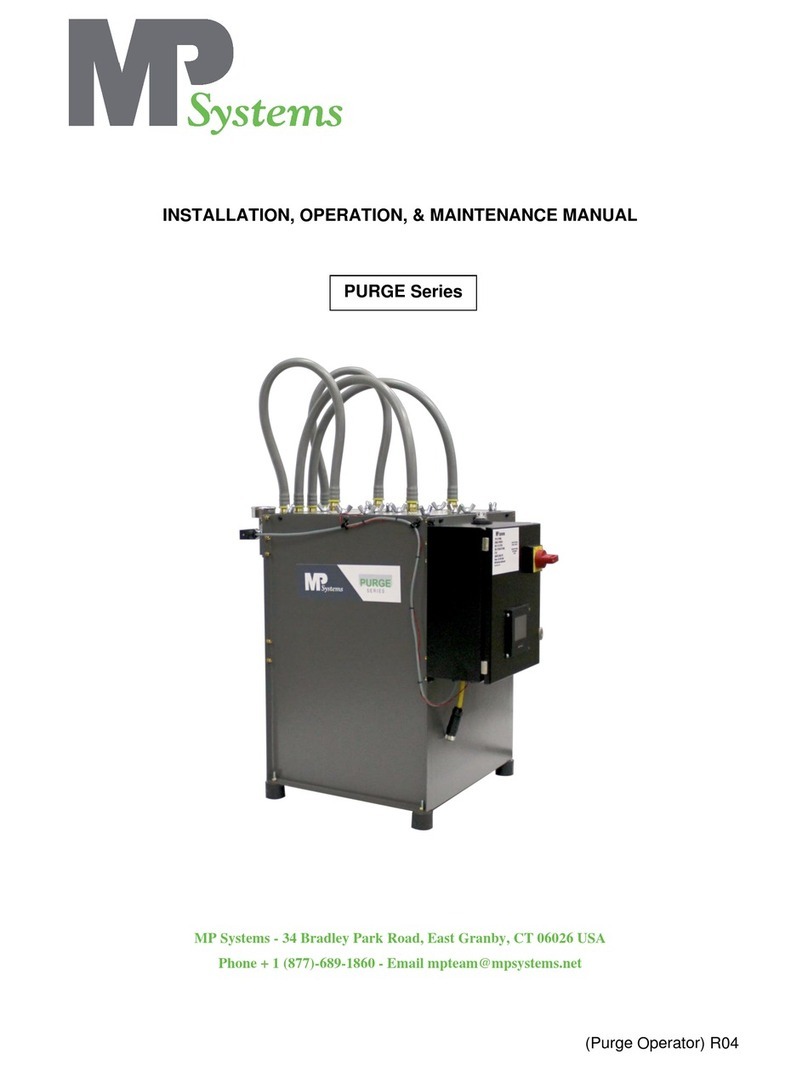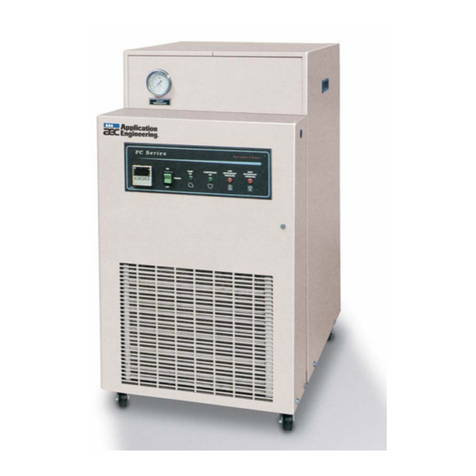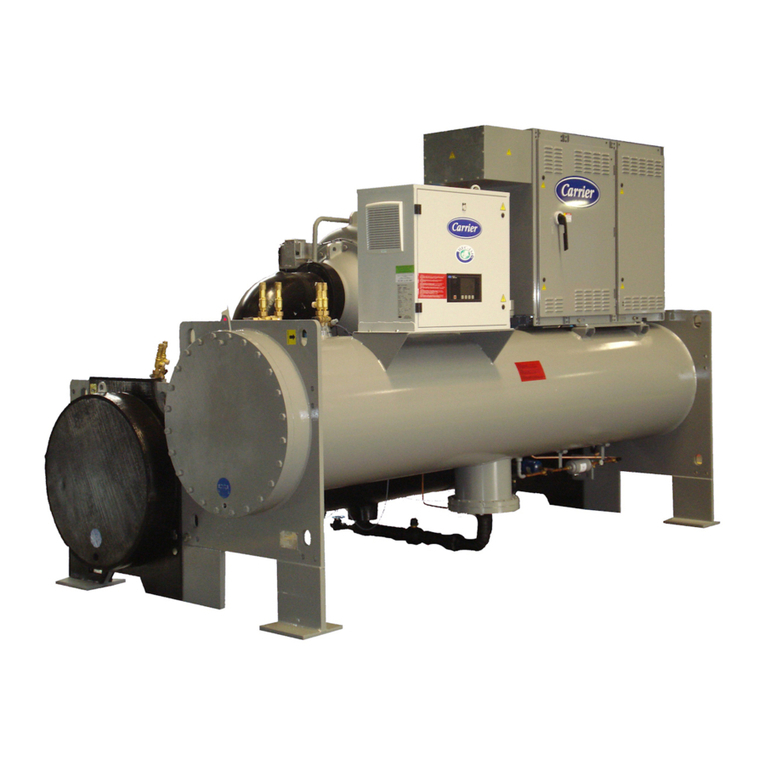
1
CONTENT
ENGLISH
1.REGULATIONS AND GENERAL INSTRUCTIONS..................................................................................1
1.1 General information ...................................................................................................................................1
1.2 Replacement of Parts................................................................................................................................1
1.3 Description of the Appliance.....................................................................................................................1
1.4 Features Plate.............................................................................................................................................2
2. SAFETY....................................................................................................................................................3
3.RECOMMENDATIONS FOR USE............................................................................................................4
Prolonged Inactivity..........................................................................................................................................4
Blast chilling Cycle............................................................................................................................................5
Shock freezing Cycle........................................................................................................................................5
4.CLEANINGAND MAINTENANCE............................................................................................................6
4.1 Recommendations for Cleaning and Maintenance...............................................................................6
4.2 Routine Maintenance.................................................................................................................................6
4.3 Extraordinary maintenance.......................................................................................................................6
5.TROUBLE SHOOTING.............................................................................................................................8
6. INSTALLATION ........................................................................................................................................9
6.1 Packing And Unpacking ............................................................................................................................9
6.2 Installation ...................................................................................................................................................9
6.3 Electric Power Supply Connection ........................................................................................................10
6.4 Inspection..................................................................................................................................................10
7.DISPOAL OF THE APPLIANCE .............................................................................................................11
8.REFRIGERANT RECHNICAL CARD .....................................................................................................11
XB570L BLAST CHILL&FREEEZER CONTROLLER.............................................................................12
9. General Features ...................................................................................................................................12
10. Mounting & Installation.........................................................................................................................12
11. Electrical Connections..........................................................................................................................12
11.1 PROBES CONNECTION......................................................................................................................13
12. Connections .........................................................................................................................................13
13. Frontal panel.........................................................................................................................................13
14. QUICK START......................................................................................................................................13
14.1 DISPLAY..................................................................................................................................................13
14.2 KEYBOARD IN STAND-BY..................................................................................................................14
14.3 KEYBOARD WHEN A CYCLE 1,2,3,4 IS RUNNING.......................................................................15
14.4 KEYBOARD WHEN THE HOLDING CYCLE IS RUNNING (H).....................................................16
14.5 OTHER KEYS.........................................................................................................................................16
14.6 HOW TO START A MANUAL DEFROST..........................................................................................17
14.7 OTHER FUNCTIONS OF KEYBOARD..............................................................................................17
14.8 MEANING OF THE LEDS’....................................................................................................................17
15. How To Select A Cycle.........................................................................................................................18
15.1 HOW TO MODIFY A CYCLE...............................................................................................................18
16. Parameters...........................................................................................................................................18
PROBES ..........................................................................................................................................................19
